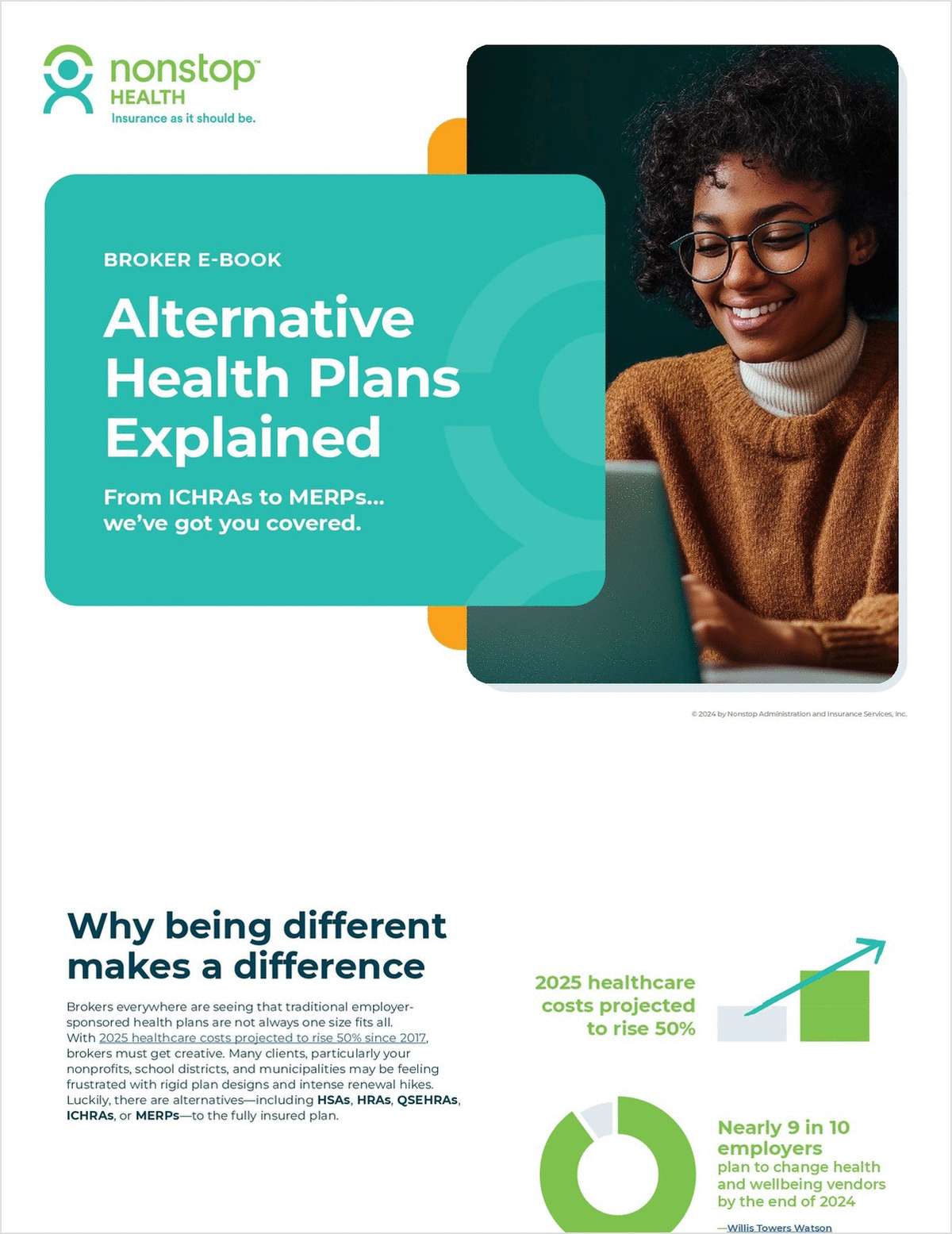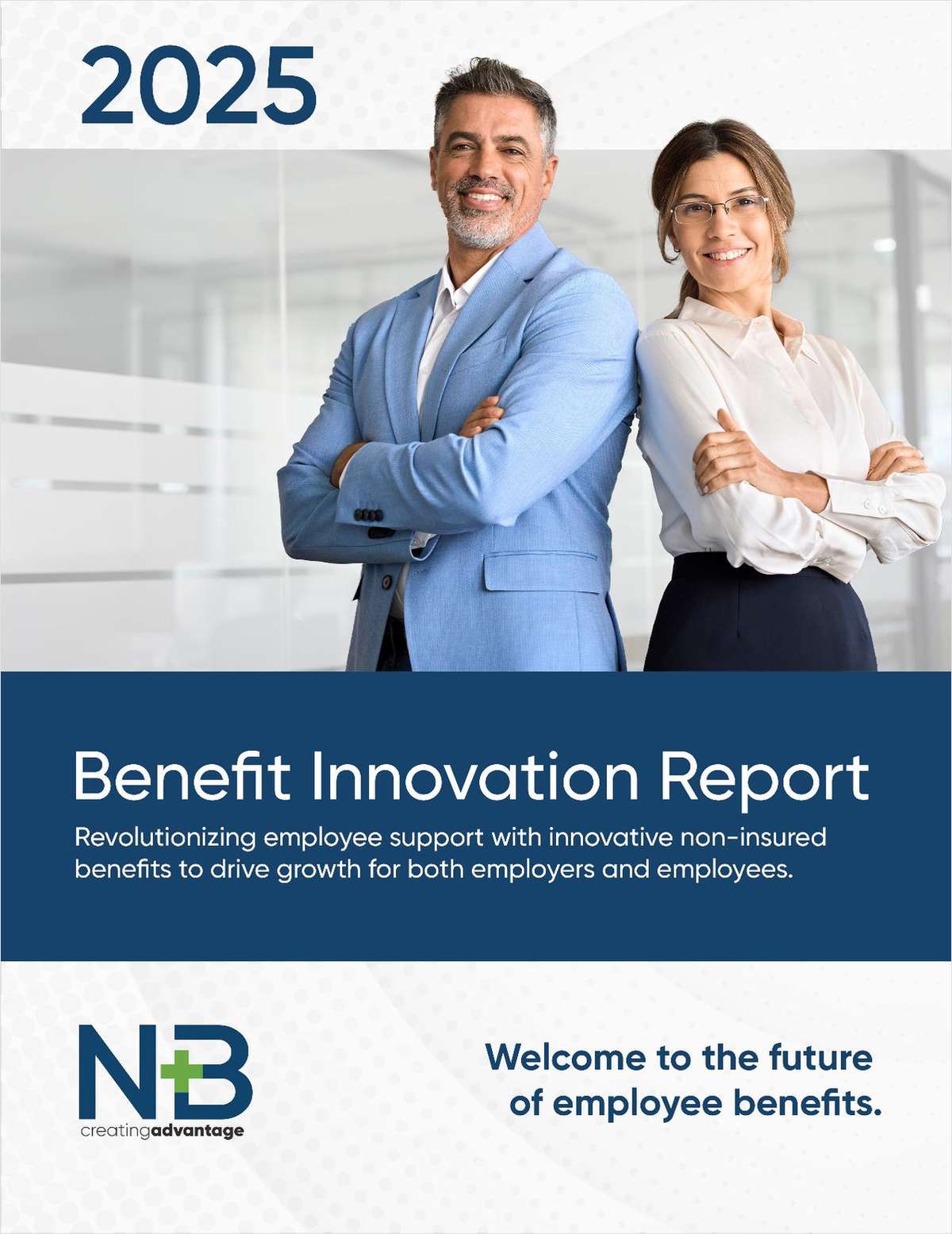Employment experts say that a happy workplace is a healthy workplace, filled with the productive individuals and efficient teams that contribute to a robust bottom line and positive corporate culture.
Unfortunately, the opposite is also true. An unhealthy workplace is a less-productive workplace burdened with medical costs and less-satisfied workers.
Just looking at recent data related to diabetes, one of the most prevalent chronic conditions afflicting U.S. adults, confirms this: Employers spend an average of $9,975 annually for individuals diagnosed with diabetes (more than 30 percent of such costs are associated with absenteeism and disability, according to one study). Diabetes is responsible for 15 million absent work days, 120 million work days with reduced productivity, and 107 million work days lost due to condition-related unemployment, nationally.
Another example of a preventable chronic condition that affects employers is obesity. The estimated annual medical cost of obesity in the U.S. was $147 billion in 2008 (and has continued to rise). And the medical costs for people who are obese were $1,429 higher than those of normal weight.
Employee-benefits managers are familiar with statistics like these, and understand the link between health and higher work satisfaction, loyalty, productivity and innovation. They’re also aware of the enormous demand for employers to provide health and benefits beyond a menu of insurance plans.
However, employers face numerous challenges in their efforts to effect positive change. Employer health care costs are continually escalating, so the idea of investing in health-related initiatives without a clear ROI is fraught with anxiety.
In addition, getting employees “engaged” in their health is an elusive goal: Health promotion, disease prevention and effective self-management largely occurs outside the doctor’s office. Likewise, chronic disease and obesity cannot be “fixed” by engaging in one or two activities, such as a company-wide fun run or an on-site yoga class.
Employers, therefore, are at a crossroads: If they don’t try to help their employees improve their health now, they’ll see a greater impact on their bottom line in the future. Moreover, the traditional medical model has failed to address such risks. Unless employers are able to identify a new preventive care paradigm, whatever they do try now is destined to fail.
|The mobile health coaching approach
Achieving real health benefits such as lower blood pressure, improved control of blood sugar or cholesterol and long-term weight loss requires a holistic, all-encompassing approach to health management.
Employers need to offer care that helps workers manage and improve their health between doctor’s visits, by allowing them to track their behaviors, analyze data, and receive real-time support and empathy. Mobile health platforms, or programs, can potentially help employers do this.
A Gallup 2014 survey reveals that that about two-thirds (65 percent) of American adults have a smartphone; about half of these smartphone users have downloaded at least one app that is meant to support healthy living, and 19 percent of all adults have downloaded and routinely used at least one such app.
Among full-time employees, this percentage climbs to 23 percent, which suggests that full-time employees possess more willingness than the average smartphone user to make changes to their health and lifestyle.
But a mobile platform is only the beginning. In order to effectively engage employees and catalyze change, a more robust solution is needed — and that’s where mobile health coaching programs can help.
Mobile health coaching programs transcend typical health apps or on-site wellness programs by addressing each of the challenges of change in a manner that is personalized and, therefore, both meaningful and engaging.
For users of these programs, it’s like having a personal trainer, healthcare provider, nutritionist and community of likeminded, goal-oriented colleagues right in your pocket.
As a self-contained system of care, a mobile health coaching program’s key features include personalized health-management curricula (so employees with multiple health conditions can simultaneously manage all of their needs); nutrition tracking; biometric integration (so users’ information can be transmitted seamlessly); and a data-analytics interface (so a user and his/her coach can track trends and benchmarks).
But the primary factor that truly sets them apart from other solutions is the coaching element: A mobile health coaching program utilizes live, human coaches trained in cognitive and motivational techniques to encourage users to make healthier lifestyle choices, while empathizing with their challenges.
Since a coach is always available to a user to reinforce positive behavior change and intervene in real-time across entire at-risk populations, individuals can reduce the likelihood of developing diabetes and other problems, leading to healthier outcomes, lower costs and improved productivity.
|Empowering corporate culture through mobile health
By offering a full suite of health-tracking and coaching services, the mobile health coaching platform enables a digital care continuum that provides whatever is needed, whenever it is needed and wherever it is needed, to support healthier habits and promote healthier and more productive employees.
Mobile health coaching has a positive impact on other organizational pain points. Healthier employees tend to feel more “engaged,” or involved, with their work, seeing themselves as essential stakeholders in their organization.
And the more engaged they are, the more employers save on employee-retention costs, in addition to healthcare-delivery costs.
The “Worldwide Survey of Fitness Trends for 2016: 10th Anniversary Edition” report published in the November/December 2015 issue of ACSM’s Health & Fitness Journal reveals worksite health-promotion programs designed to improve the health and well-being of employees accounts for one of the biggest emerging health trends for 2016.
This is not surprising, considering that obesity rates and chronic diseases such as diabetes continue to rise.
Implementing a mobile health coaching platform is one way businesses can address ongoing employee needs, and help employees succeed not just in work, but in life.
And as successful organizations know, a healthy workplace is a happy one — one which is more productive, creative, and loyal.
Complete your profile to continue reading and get FREE access to BenefitsPRO, part of your ALM digital membership.
Your access to unlimited BenefitsPRO content isn’t changing.
Once you are an ALM digital member, you’ll receive:
- Breaking benefits news and analysis, on-site and via our newsletters and custom alerts
- Educational webcasts, white papers, and ebooks from industry thought leaders
- Critical converage of the property casualty insurance and financial advisory markets on our other ALM sites, PropertyCasualty360 and ThinkAdvisor
Already have an account? Sign In Now
© 2024 ALM Global, LLC, All Rights Reserved. Request academic re-use from www.copyright.com. All other uses, submit a request to [email protected]. For more information visit Asset & Logo Licensing.








